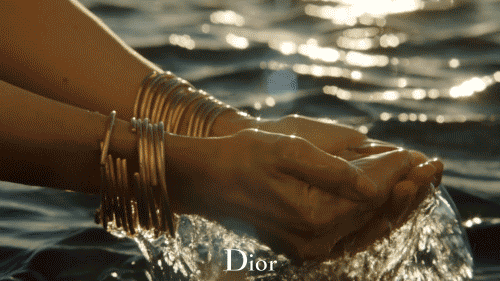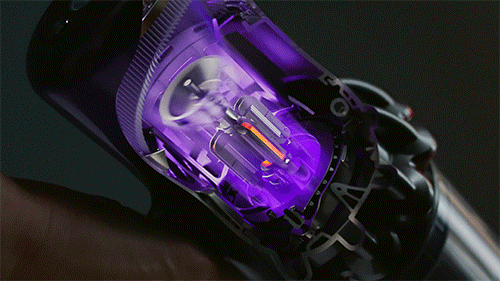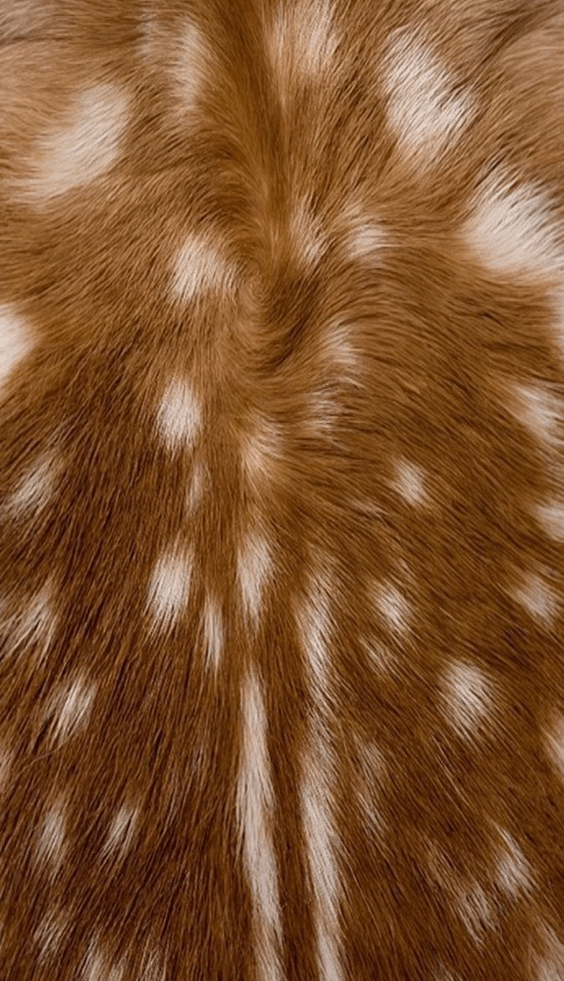What’s Your Brand Archetype?
Emotional resonance is the most effective strategy for connecting with audiences. From the characters we encounter in movies, stories, and our everyday lives, we form a subconscious framework from which we easily recognise and understand different personalities – to which we can allocate a brand archetype.
What is a brand archetype?
Each personality was coined an ‘archetype’ by psychoanalyst Carl Jung in the 1900’s, a term he used to describe a collection of behaviours embodied by a key desire or trait. From tone of voice, symbology, messaging, and even colour palettes, Jung’s archetypes have helped brands engage in our instinctive recognition of general behaviours, motivations, and values.
Archetypes are the unconscious images of the instincts themselves… they are patterns of instinctual behaviour.
- C.G. Jung, The Archetypes and the Collective Unconscious
What is my brand archetype?
Given the increasing diversity and choice given to consumers, these archetypes have proven to be a crucial component from which brands build their messaging and image upon. From the Everyman brand archetype which values inclusivity to the Magician brand archetype which relies heavily on imagination, there are numerous archetypes which could help lead your brand to success. Curious about your brand archetype? Find out which brand archetype example you fit into below.
Brand Archetype Descriptions
1. The Hero
Desire: To encourage mastery and motivate consumers
Traits: Courageous, Bold, Competitive
Brands who get it right: Nike, BMW, FedEx, Adidas, Gatorade, Duracell
Pop culture counterparts: Michael Jordan, Merida from Brave, Black Panther, Wonder Woman, Serena Williams
The Hero brand archetype commonly depicts hard work and bravery in the face of adversity, positioning themselves as brands that overcome challenges that intercept their objectives. With the goal of empowering their consumers, their brand’s storytelling and products are bold and inspirational, employing experts and athletes in the field, and tapping into the ambitions of their customers.
2. The Everyman
Desire: To create a sense of belonging and community
Traits: Down-to-Earth, Reliable, Functional
Brands who get it right: IKEA, Gap, Marks & Spencer’s, PG Tips, Levi’s
Pop culture counterparts: Jon Snow from Game of Thrones, Frodo from Lord of the Rings, Jennifer Lawrence, Bart Simpson from The Simpsons
With a heavy emphasis on affordability and inclusivity, the Everyman brand archetype is usually seen with brands that sell everyday necessities like clothing, furniture, and food. These brands strive to create a comfort zone that feels like ‘home’, and often do so by appealing to the masses. However, without achieving the right balance, they can run the risk of blending in with their competition if their message is too generalised.
3. The Innocent
Desire: To invoke happiness and good virtue
Traits: Optimistic, Pure, Loyal
Brands who get it right: Coca-Cola, Dove, Innocent Drinks, Toys-R-Us, Ford
Pop culture counterparts: Tom Hanks in Forrest Gump, Dorothy from The Wizard of Oz, Marie Kondo, Scout from To Kill A Mockingbird
The Innocent brand archetype focuses on conveying a sense of childish wonder that inspires joy in consumers. Coca-Cola’s brand promise, for example, is “to inspire moments of optimism and uplift”, presenting the world as a glass half-full. These brand archetypes are unpretentious in nature, typically offering simple and honest solutions as part of their vision and messaging. Mostly seen in beauty, skincare, and food brands, these brands must also take care to update their messaging to not come across as naive and unrealistic.
4. The Explorer
Desire: To inspire the freedom of discovery and uncharted territory
Traits: Pioneering, Adventurous, Discovery
Brands who get it right: National Geographic, The North Face, GoPro, Timberland, Jeep
Pop culture counterparts: Han Solo from Star Wars, Lara Croft from Tomb Raider, Steve Irwin, Amelia Earhart, Alice from Alice in Wonderland
Explorers value freedom and independence, prefer stepping out of their comfort zones, and crave the thrill of new challenges. Typically associated with the challenges nature has to offer, brands under the Explorer brand archetype also take risks with their initiatives and campaigns, seeking to push boundaries that encourage or promise a change of environment from the humdrum of the modern world.
5. The Rebel
Desire: To be revolutionary
Traits: Disruptive, Liberating, Confrontational
Brands who get it right: Diesel, Harley-Davidson, Red Bull, Smirnoff, Jack Daniel’s
Pop culture counterparts: Robin Hood, Charlize Theron in Mad Max: Fury Road, Tyler Durden from Fight Club, Elle Woods from Legally Blonde, Malcolm X
Though similar to the Explorer brand archetype in their tastes for adventure, Rebels are happy shaking things up for the sake of challenging the status quo. These brands are big fans of dismantling existing expectations and norms, appealing to audiences motivated by the thrill of anarchic revolution.
An example of this appeal to exhilarating freedom is demonstrated in Red Bulls’ extreme sport campaigns and stunts, with the tagline, "Red Bull gives you wiiings”. Although Rebels will be targeting a smaller user base, these brands nevertheless instil unparalleled brand loyalty amongst their customers.
6. The Sage
Desire: To empower people with reliable information
Traits: Expert, Influential, Intelligent
Brands who get it right: New York Times, Google, Economist, BBC
Pop culture counterparts: Dumbledore from Harry Potter, Bill Gates, Belle from Beauty and the Beast, Yoda from Star Wars, The Oracle from The Matrix
Typically inhabited by the educational sector or news and media agencies, Sage archetypes are positioned as experts trusted to deliver information to the masses. As thought leaders in their field, the promise and values of the Sage brand archetype depend on their reputed credibility.
An example of this is shown in The New York Times’ commitment to objective reportage, reflected in their slogan of over 120 years, “All the News That's Fit to Print”, and in their billboard analysis of truth.
7. The Creator
Desire: To provide solutions for artistic freedom
Traits: Imaginative, Artistic, Expressive
Brands who get it right: Adobe, LEGO, Apple, Nintendo, Crayola, Canon
Pop culture counterparts: Frida Kahlo, Leonardo Davinci, Adele, Steven Spielberg, Lady Gaga
The Creator’s audience values innovative products that empower their own creativity and self-expression. Adobe’s campaign, “Creativity for all”, speaks directly to this, encouraging consumers to harness creative tools to tell their stories. The Creator brand archetype delivers on their imaginations, and is often the first to introduce new technologies and designs, therefore staying away from traditional advertising methods and what’s been done before.
8. The Lover
Desire: To make customers feel desirable
Traits: Passionate, Indulgent, Romantic
Brands who get it right: Haagen-Dazs, Chanel, Godiva, Victoria’s Secret, Bailey’s
Pop culture counterparts: Marilyn Monroe, Baby from Dirty Dancing, Aladdin, Romeo from Romeo & Juliet, Jamal in Slumdog Millionaire
Usually comprising of brands selling luxury goods, desserts, and intimates, the Lover brand archetype invokes a sensuality that draws audiences in with the appeal of romantic and emotional connection. Lover brands are thus often inclusive of themes like sexuality and self-care in their messaging, empowering customers to embrace intimacy and affection.
9. The Caregiver
Desire: To protect customers and have their best interests at heart
Traits: Compassionate, Reassuring, Generous
Brands who get it right: Pampers, The Body Shop, Johnson & Johnson, NIVEA
Pop culture counterparts: Obi-wan Kenobi from Star Wars, Princess Diana, Samwise Gamgee from Lord of the Rings, Alfred from The Batman
From product packaging to brand voice, the Caregiver brand archetype connects to customers with empathy and emotion in their messaging. For example, “3am in new Pampers” demonstrates a compassionate understanding of the overwhelming work new parents face. Often accompanied with simple designs and intimate or inspiring imagery, Caregiver brands convey that they are the ones able to rely upon for compassion and support.
10. The Jester
Desire: To enjoy the moment and inspire a good time
Traits: Playful, Positive, Carefree
Brands who get it right: Ben & Jerry’s, Old Spice, Doritos, Cadbury, Skittles
Pop culture counterparts: Captain Jack Sparrow from Pirates of the Caribbean, Ace Ventura, Fat Amy in Pitch Perfect, Miles Morales as Spider-Man
Typically used by confectionery and entertainment brands, the Jester brand archetype examples above are all high-energy, bright, and bold in character. Unafraid to poke fun at themselves or current standards, the Jester’s fun and out-of-the-box solutions are what encourage consumers to return to a brand that offers positivity.
11. The Ruler
Desire: To be leaders in the market
Traits: Confident, Responsible, Exclusive
Brands who get it right: Mercedes, Microsoft, Rolex, Dom Perignon, Hugo Boss
Pop culture counterparts: Beyonce, Don Corleone from The Godfather, Miranda Priestly from The Devil Wears Prada, Olivia Pope in Scandal
With an audience willing to pay premium prices for luxury and exclusivity, the Ruler archetype exudes sophistication, success, and wealth. With great attention to detail, minimalist designs, and rich dark colours, these archetypes present themselves with quiet confidence and authority, with most catering to luxury niches like cars, watches, perfumes, and wines.
12. The Magician
Desire: To turn the ordinary into something extraordinary
Traits: Visionary, Charismatic, Transformative
Brands who get it right: Dyson, Disney, TED, Polaroid, Tesla, Xbox
Pop culture counterparts: Tony Stark from Iron Man, Morpheus from The Matrix, Oprah Winfrey, Mystique from X-Men
As visionaries who think outside the box, the Magician brand archetype brings to life ideas from their imaginations, offering products and services that provide unique perspectives on established processes and ways of thinking. Ever charismatic, these brands have remarkable creativity and vision in their messaging, creating a lasting impact on their customers by making the mundane fun again.
Knowing your brand archetype example can enhance audience connections
All in all, archetypes are crucial to mastering your brand image and voice in order to invoke the desires of your intended audience. This does not mean appealing to everyone, but rather the contrary - streamlining the look, feel, attitude, opinions, and vocabulary to a widely-recognised narrative gives your brand a depth that maintains an emotional connection and differentiates you from the rest.
Leverage your brand archetype today
We hope you’ve enjoyed reading this article as much as we’ve enjoyed writing it, and have a better insight into what is a brand archetype. Not sure which brand archetype you fit into yet? Schedule a free consultation to see how our branding company can help discover the best archetype and strategies for your brand. You can also stay up to date on exclusive insights into the world of creative branding by subscribing below.
















